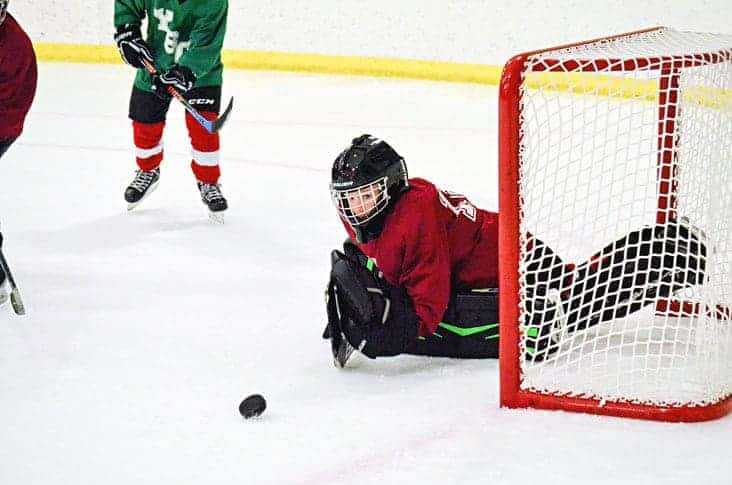Small-area games have become all the rage across Canada when it comes to long-term player development.
European countries have been using the method for years and it's becoming the official Hockey Canada method of game play for novices and below beginning in the 2019-2020 season.

Hockey NWT has jumped the gun and will be implementing that system officially beginning this season and it's music to the ears of the Yk Minor Hockey Association's director of skills and development.
In small-area games, the full ice surface is cut in half so younger players get more chances to skate, touch the puck, pass the puck and shoot than they would on a full-sized rink.
Darren Wicks, Hockey NWT's director of skills and development, said he's happy it's finally coming to the territory.
“BC Hockey has been using it since 2016-2017 and Hockey Yukon has been using it as well,” he said. “Small-area games have become huge for practices and I'm excited to see how it all plays out here.”
USA Hockey performed a study in 2015 on the impact of small-area games to players eight years of age and under, which is the target group for Hockey NWT's initiative. The results showed the following:
Twice as many body-contact puck battles as opposed to full ice;
Six times more shots taken per player than on the full ice;
Twice as many puck touches per player;
Nearly four times as many shots per minute on the goaltender;
Twice as many pass attempts per player and five times as many pass receipts per player and;
Twice as many directional changes per player.
“The cornerstone of the game is puck touches,” said Wicks. “With small-area games, the kids are getting to touch the puck more, they're making more attempts to pass the puck, they're receiving more passes, they have to be quick about passing and they have to pivot more than on the full ice.”
The amount of pass receipts a player got is what jumped out to Wicks the most, he said, along with the shots on goal.
“You see in a full-ice game where the goalie is just standing around for most of the game if the puck isn't in their end and a lot of shots end up missing the net,” he said. “They aren't being challenged but in a small-area game, they're involved so much more and that makes it more fun for them and everyone else.”
What Wicks is hoping to see out of this is an increase in creativity among players as they move up to the higher divisions.
“They get four years of initiation and novice hockey and I think this will be a great opportunity for the kids,” he said. “I wish they had this when my kids were younger because the ones who are going to do this will end up loving the game so much more and their confidence will grow.”
But the end result is what the parents will think of it and he plans on canvassing parents during the season in person to get their thoughts.
“What do they think of it, are your kids enjoying it, questions like that,” he said. “Parents react differently to change but I think they're going to like it once they see the benefits.”